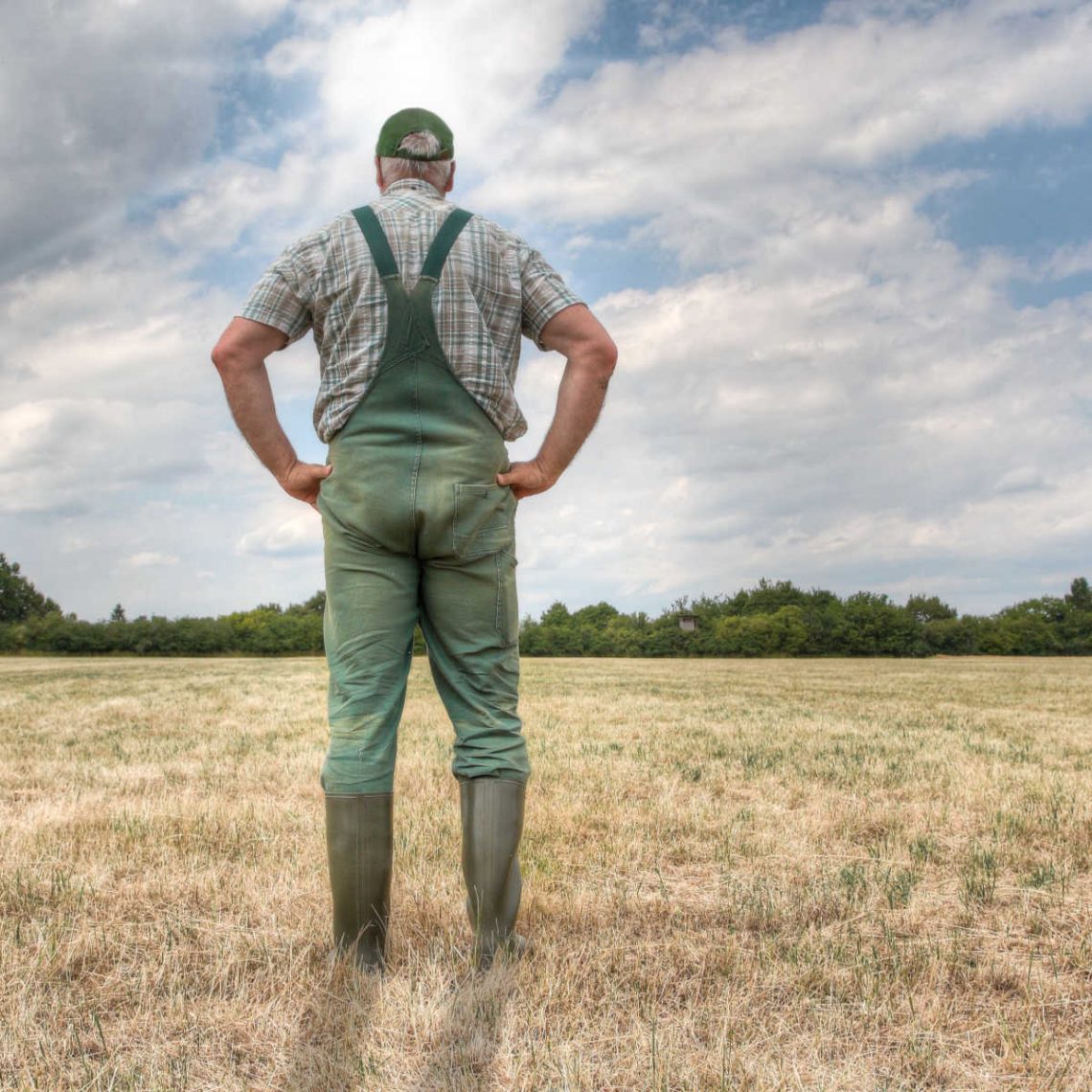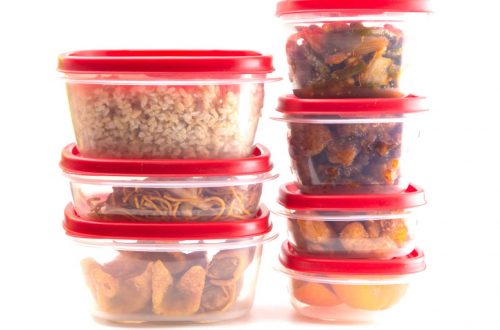
Are You a Climavore – Yet?
What drives our decisions about what to eat? Are more consumers becoming “climavores” – choosing their diet based on the impact on climate change? The global consulting firm Kearney conducted a survey on the topic, questioning 1,000 consumers concerning their food choices.
It seems that most folks are generally aware of climate impact issues. However, Kearney found that current consumer decisions about food are driven more by cost and taste. Nutrition and environmental impact are significantly less influential. When it comes to our decisions about what to eat, Kearney found that the ability to find and prepare certain foods was the biggest precursor, followed by culture, taste preferences, and a familiar connection. When it comes down to what we actually buy, it turns out that cost is the biggest driver in grocery shopping, while taste is the driver at restaurants.
What about you? Well, if you’re not a climavore already, you might not have a choice; in less than a decade, according to Kearney, our routine food choices will be climate-directed. “Inflation is temporary; climavorism is not,” the report concludes.
Plenty of resources to learn about diet choices
Meanwhile, we do have time to adapt. We can become “flexitarians” – another new term – and adjust our diet decisions to get used to new and different foods, particularly proteins. We can attune ourselves to the seasonal changes in available nutritious ingredients. And in the process, we can help sustain our local food providers. We’re going to need them more than ever in the future.
People are changing their behavior, Kearney reported, though they are currently taking “baby steps.” For example, they are likely not giving up meat entirely, but are moving from beef to chicken and eating more plants. Over one year, the switch from beef for an alternative just once a week could cut down on carbon dioxide emissions by the equivalent of driving a car about 800 miles as a single passenger. More than 80% of survey respondents told Kearney they would intentionally choose this tradeoff. Fish was the most popular tradeoff, followed by chicken, pork, and plant-based protein.
What’s holding up people from moving faster? Mostly the higher cost was the issue. More than half of survey respondents said that “environmentally friendly” foods were too expensive.
Fear not. Food companies are acting now to force you to move faster. Companies from Nestlé and Kraft Heinz to retailers such as Costco, Whole Foods, and Ahold are trying to make their environmentally friendly food choices more attractive. They’re positioning their supply chains to be able to comply with more restrictive environmental regulations. Restaurant chains like Chipotle, Panera, and Just Salad are placing carbon labels on their menus.
Ideas for adapting
So what’s a person to do to prepare for this new food future, beyond an occasional Meatless Monday?
- Explore menu creativity. Try a new recipe every week or 10 days, especially one that uses a new or infrequently used ingredient – maybe even a different cuisine associated with that ingredient. It’s fun to find a new cuisine to enjoy.
- Pay attention to seasonal foods and buy locally with an eye to sustainability. You will likely be rewarded with better flavor, freshness, and variety.
- Learn about substitutes for less environmentally friendly ingredients. For example, instead of almonds, whose cultivation involves a lot of irrigation, consider hazelnuts, which are grown in the moist climates of the Pacific Northwest using less water. You’ll be ready when some of these items are not available or are just too expensive.
- Protein adjustment. Figure out a pathway to a change in your proteins. Not just beef to fish, but how about to beans and eggs? What do you like and what can you learn to like? This is part of the menu exploration. And start now before the food companies use supply and demand to force the issue.
- Reduce food waste. Households are one of the largest contributors – almost half of the total. Here are some ideas.
We can grouse about this situation, or we can look at it as an opportunity for a new adventure in dining. Mrs. Farmboy and I have had some fun discovering new climate-friendly recipes over the past few weeks. What about you? Are you making changes you can share with the rest of us?
Do have ideas for topics you’d like me to cover? Or comments on this blog? Please click on “Read in Browser” or on the headline to view the blog on the website. You can log in and comment at the end of the blog to share your thoughts and start a discussion.
If you’d like to share the blog, click on the Facebook icon or one of the others. Thanks!





One Comment
TRACY MAY
This is great info. Thanks, Farmboy!